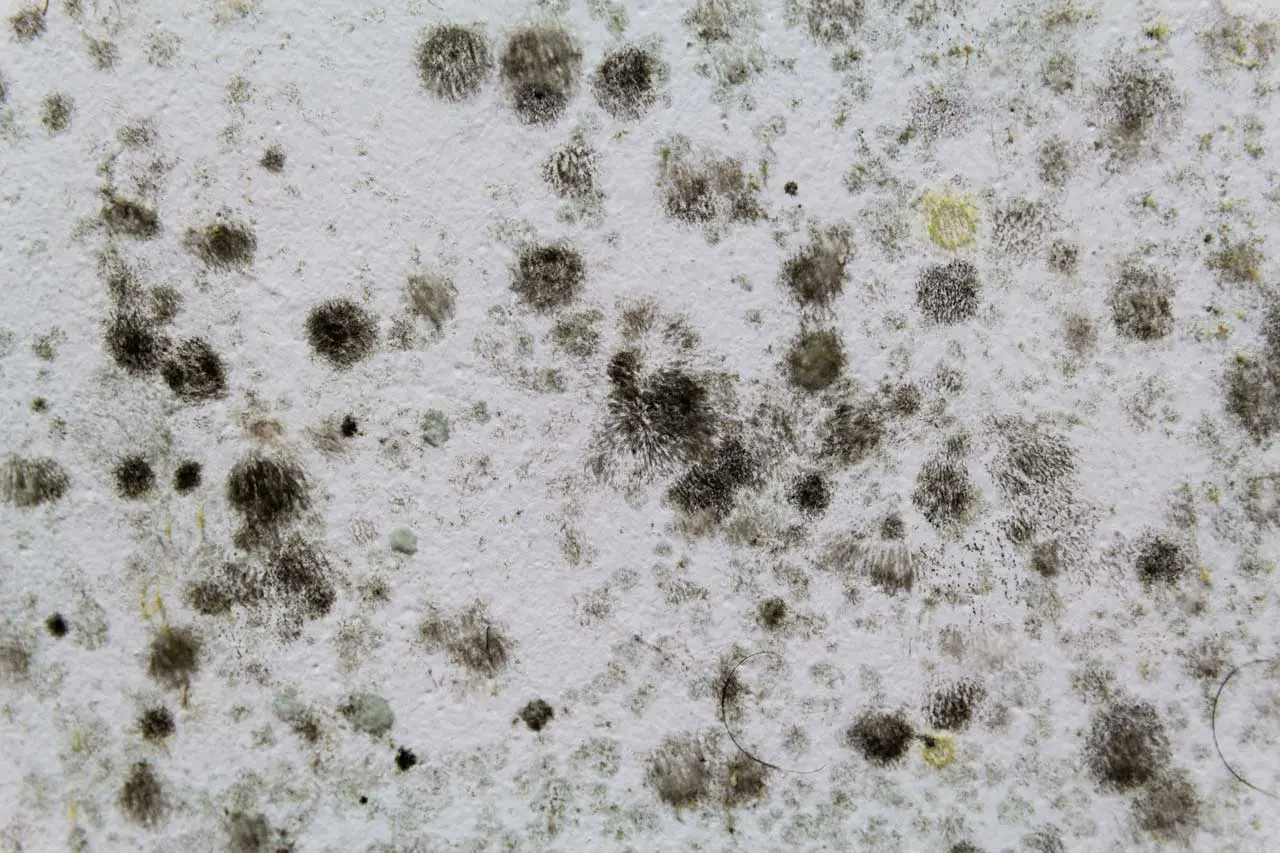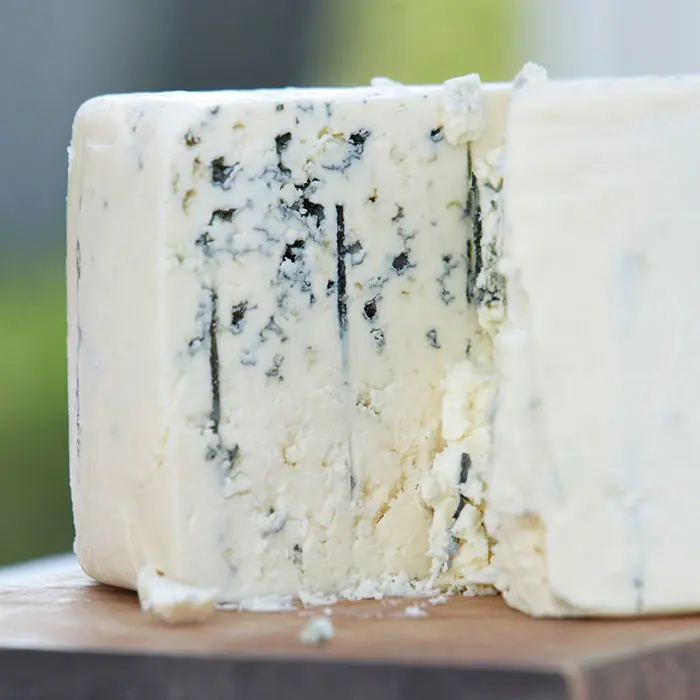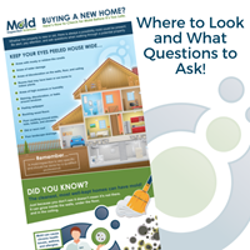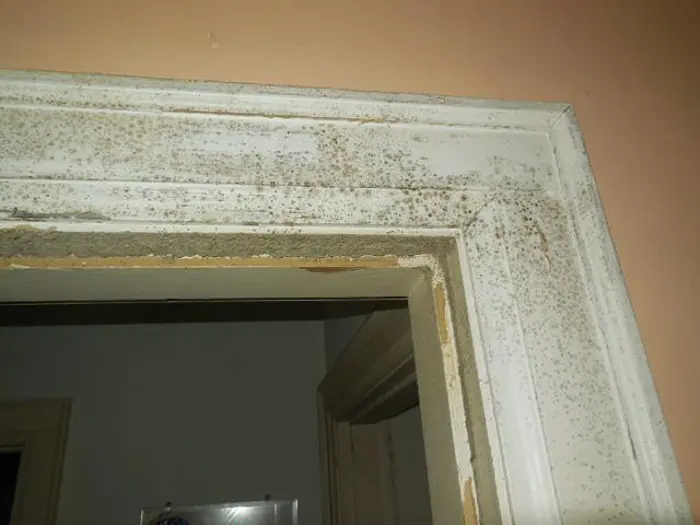How to Tell: Good Mold or Bad Mold?

Good, Normal, or Bad?
Ahh. Mold. That fuzzy blue, green, black-colored stuff that likes to grow in warm, damp places. A lot of times it’s normal growth, you know like on old bread. But, when it’s growing in your home, on the ceiling or the walls, that’s not good. As mold specialists, we get asked all the time: "Is it good mold or bad mold." To be honest, this is a tough question to answer. Instead of looking at it as good or bad, we group it into three categories: good, normal, and bad.
The Good Mold
Let’s start off by saying that not all mold is bad. There’s the mold that makes your cheese, cheesy. There’s the mold that makes your wine taste delicious, and there’s the mold that helps make medicine. And, we typically consider the mold outside of your home a good thing. So, when it comes down to it, most people don’t even notice good mold, unless they are reaching into the fridge for that stinky wine cheese they love so much.

The Normal Mold
Next, let’s discuss normal molds. When talking about normal molds within the home, there are really two types. Airborne mold spores, and surface mold growth. With the airborne type, it is simply a fact of life that there is always some degree of airborne mold spores floating around in your home. They come into the home through any gap, penetration, open door, and even on our clothes. These molds are considered normal, as long as they did not originate within the home.
Normal mold growth within the home occurs on a day-to-day basis. Think "mildew" in the corners of your shower, or that weird looking black stuff you see in your window track. What makes it normal, is the fact that it is growing on a non-sustainable food source, the surface is non-porous and can typically be cleaned away with normal housecleaning methods.

Where to Look and What Questions to Ask

Download our infographic Buying a New Home? Here’s How to Check for Mold Before It’s Too Late to help you understand where to look and what questions to ask when doing a property walk through.
The Bad Mold
Now, for the fun part, bad mold. Mold growth within the home is considered a bad thing when it is growing on a sustainable food source and is potentially affecting the air with "elevated" mold spores. This differs from the normal airborne mold spores we talked about earlier. The food sources within a home are pretty numerous, and can include: drywall, wood framing, wood sub flooring, debris, contents, etc. So, what makes this a bad thing? Well, typically when conditions such as these start to occur, the proper removal of said mold is more difficult. Not only must the impacted materials be properly removed and/or cleaned, but the airborne spores in association with the mold must be addressed as well. The proper removal of a mold problem is a very technical process, and requires the right equipment. It is not a task recommended for the average homeowner to take on.

Five Reasons to Get a Mold Inspection
Our Podcast is Here! Listen in to our new episode of The Secret Life of Mold for the top five reasons why getting a mold inspection before purchasing a home is the smart thing to do.

